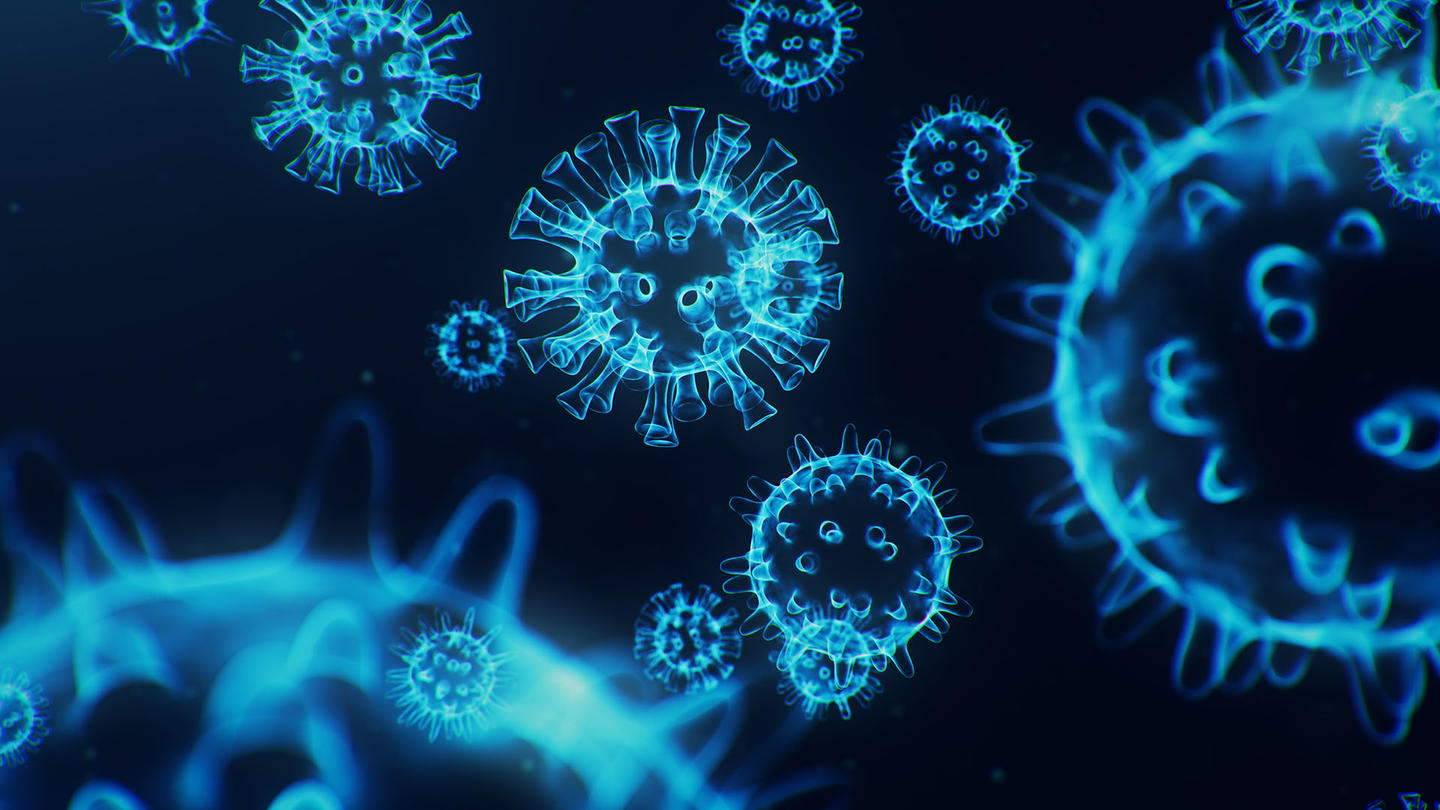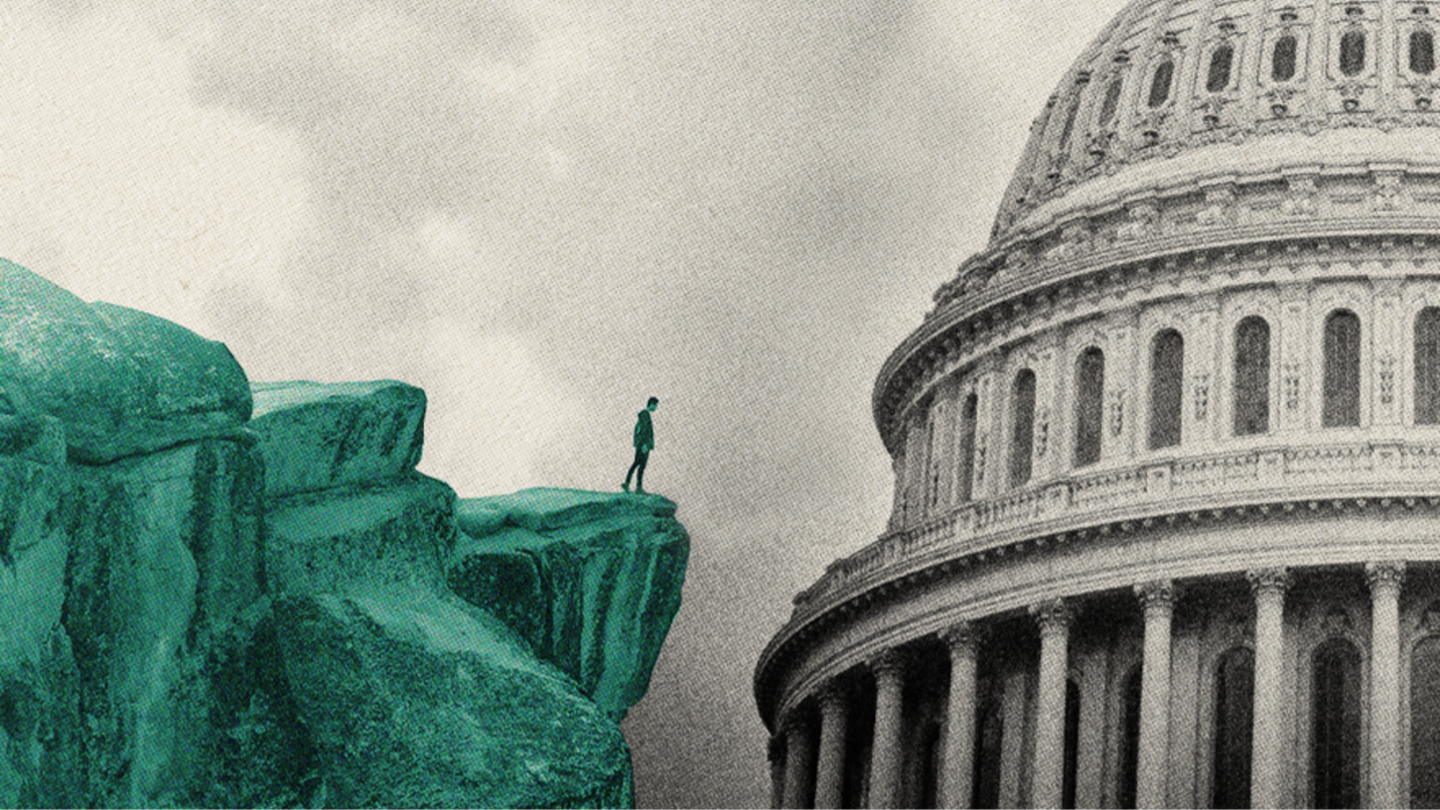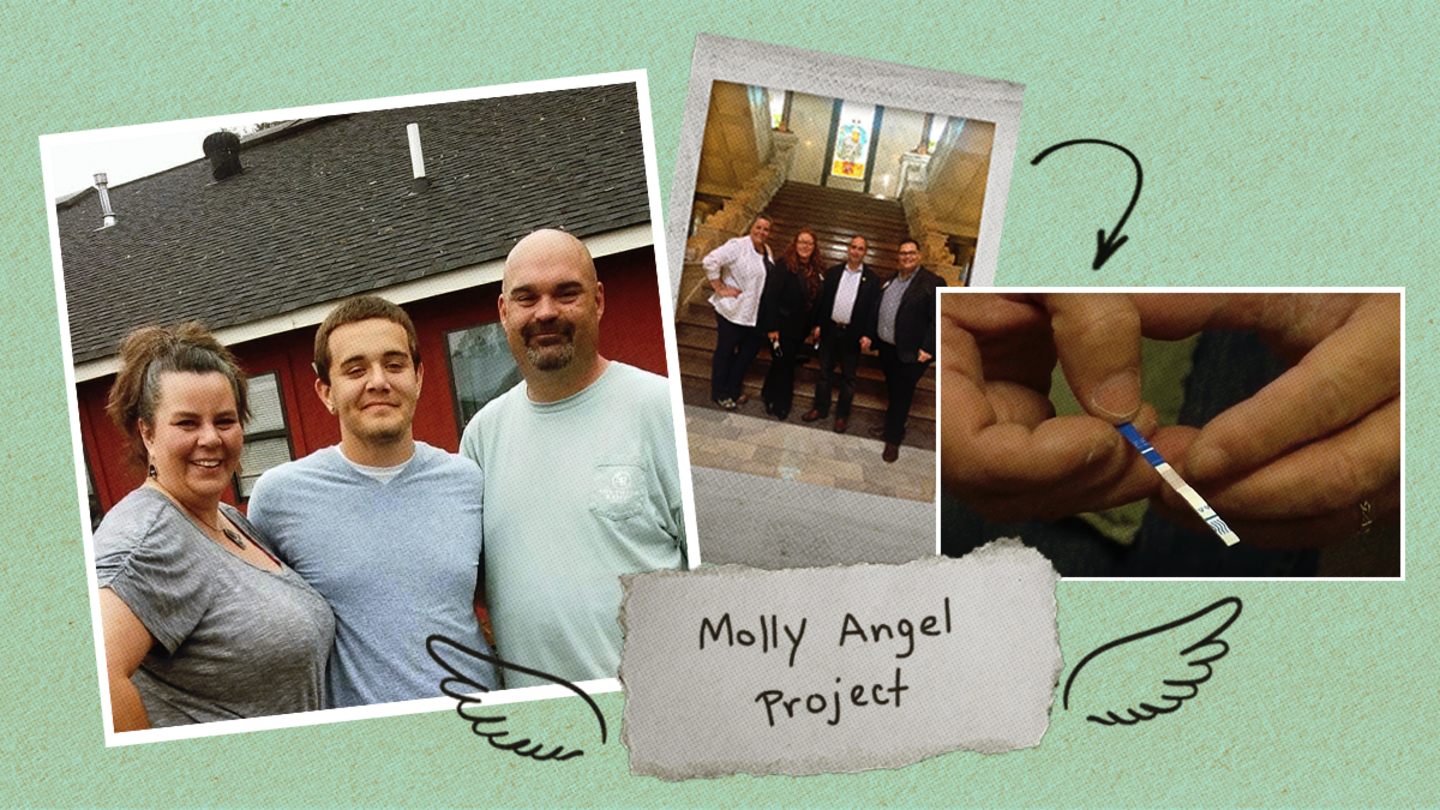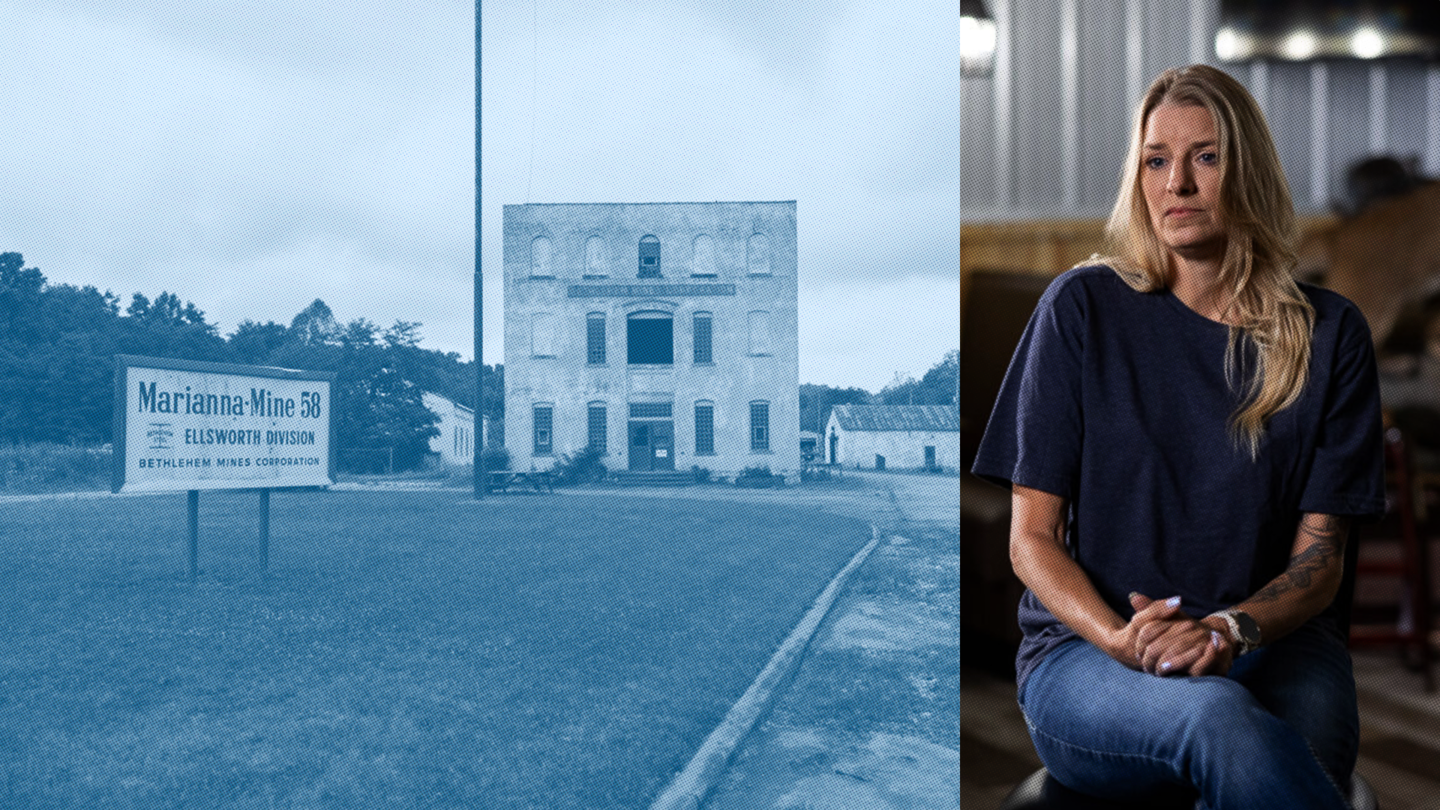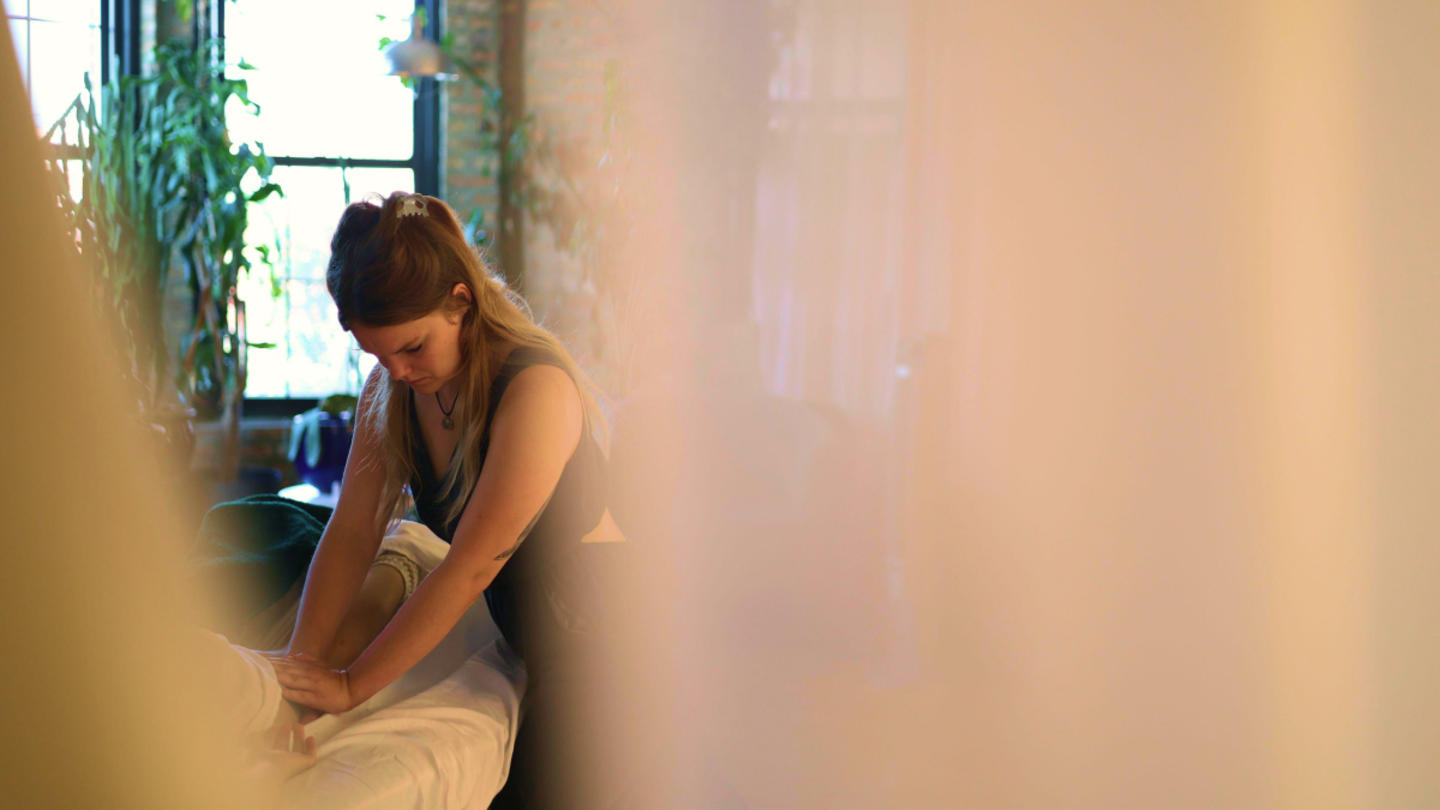"There's enough uranium available to create clean energy for 10 billion people for 10 billion years," says Jake DeWitte. That amounts to an essentially endless resource — enough to power a future without fossil fuels or weather-dependent resources like solar and wind power.
There's a catch, however: That power must be harnessed by splitting a uranium atom, creating a nuclear reaction.
The long shadows of Chernobyl, Three Mile Island, and Fukushima Daiichi have led to a misperception among many that nuclear power is a dark, dangerous option. And while it is merely steam that pours from nuclear reactors' cooling towers, there is radioactive waste generated by them — waste that must be locked in a nuclear tomb, to be undisturbed for 100,000 years.
But what if we could build nuclear reactors not as imposing, brutalist boxes and massive towers, but in a small A-frame cabin where the reactors could power a town for decades? And what if those nuclear reactors actually ran off of nuclear waste, rather than just producing it?
It's not a pipe dream. It's a reality that DeWitte and his wife, Caroline Cochran, believe is achievable.
DeWitte and Cochran co-founded nuclear startup Oklo to create these small-scale nuclear power plants. Stand Together Trust invests in Trust Ventures, a venture capital firm that focuses on start-ups that are held back by regulatory barriers put in place to protect entrenched interests. Together, they hope to shake off the negative public perception over nuclear power, shake up nuclear regulations in America, and inspire new people to enter — and innovate — the field.
"It opens the door for everything that's next," DeWitte, Oklo's CEO, says.
The key to their vision already exists, buried in a government lab beneath the scrubby high desert of eastern Idaho.
"We have the treasure map," DeWitte says. "It's just, we looked, and a lot of people didn't."
Power problems
While wind and solar power are more efficient, and economical, and produce a larger share of electricity than ever before, the world's demand for energy is skyrocketing, and there are legitimate challenges in keeping up.
"We're talking about orders of magnitude more energy needed, electricity specifically," Cochran, Oklo's COO, says.
Although a promising source of energy, solar and wind power have a huge caveat: They only produce energy when the wind is blowing or the sun is shining. Wind turbines only produce electricity 34% of the time, solar panels 24%. In comparison, a nuclear plant is operating basically 24 hours a day, 365 days a year, producing power 93% of the time.
Despite the difficulties of dealing with nuclear waste, the appeal of nuclear energy lies in the sheer amount of potential it holds.
When a uranium atom is split, it releases energy millions of times greater than any other currently available fuel source on the planet. Using nuclear fission, we can take only small amounts of material and create a massive amount of power, as the energy released heats water into steam and turns turbines to create electricity. (Yes, many nuclear plants are, at the end of the day, just a really elaborate way to boil water.)
"One of the coolest stats to me is that a golf ball-sized piece of uranium metal can power a person's entire lifetime," DeWitte says.
A single nuclear plant can create as much power as 400 wind turbines, or 3 million solar panels, making nuclear "clearly the cheapest and most sustainable" source of clean energy, DeWitte says.
"Altogether, it just sort of creates this sort of, honestly, silver bullet-type solution."
Nuclear power, fast
Inside the Idaho National Laboratory is a different kind of nuclear reactor.
Called a fast neutron reactor (FNR), it cannot melt down the same way a conventional reactor could, and it recycles nuclear waste, using it as fuel.
It's also been inactive for decades, as public support for nuclear reactors dried up in the face of fear and regulations.
"You've got this kind of legendary reactor that, what it did is completely and totally under-appreciated and under-realized," DeWitte says. That legendary FNR is named the EBR II.
The key difference between fast neutron nuclear reactors and others lies in speed. When a uranium atom is split, it creates two or three neutrons that jet off fast — 10,000-to 15,000-kilometers-per-second fast.
"[The neutrons are] going so fast makes them actually really hard to catch," DeWitte says. "Imagine going out, trying to catch a ball barehanded from a Major League pitcher throwing a fastball to you pretty hard, versus if he just turns and tosses an underhand toss to you; really easy to catch that."
If you can catch those neutrons, you can use less fuel, becoming more efficient. To slow those neutrons down, nuclear reactors use a slowing medium, which is water modern reactors. But making the neutrons slower also makes them vulnerable. When atoms are split, they create multiple byproducts — some of which really like to glom onto those neutrons.
Fast nuclear reactors don't bother being a drag. Instead, they let their neutrons go uninhibited — and, much like the Flash, that speed grants them some unique abilities.
Because the neutrons are harder to catch, a fast reactor does need more fuel. But, because the system does not self-poison, they are more efficient with the fuel they use.
How those fast neurons interact with uranium atoms also opens the door to some downright alchemical reactions that can turn some of the other byproducts of nuclear fission — like neptunium, plutonium, enrisim, and curium — into fuel.
This not only makes the fast neutron nuclear reactors more efficient but also allows them to recycle nuclear waste. Idaho National Laboratory will provide waste for Oklo to develop its tech with.
"And it's all because those neutrons, in a fast reactor, they're born fast and free and they're allowed to run fast, as well," DeWitte says.
New nuclear, new rules with Oklo
Oklo's plan now is to use that fast reactor technology to create a micro-sized nuclear reactor, called the Aurora, which can be used by clients including utility companies, industrial sites, and college campuses, DeWitte told CNBC.
To do so, they've needed to challenge an entire industry and even the federal government, pioneering a pathway that others could follow into a new nuclear age.
The United State Nuclear Regulatory Commission (NRC) is the government agency tasked with ensuring public health and safety when it comes to nuclear reactors. The NRC licenses and regulates nuclear reactors and other uses of nuclear materials (like medicine), and runs inspections to force adherence to its safety requirements.
In other words, to get their Aurora nuclear reactors up and running, Oklo needs the NRC on board.
The problem? The NRC didn't actually have an application process for new nuclear reactors; it was geared toward inspecting and regulating old ones. Pioneering an application pathway to allow innovation in the stagnant industry has become one of Oklo's biggest challenges — and a source of opportunity for those who come after them.
Oklo's Aurora application was the first of its kind to be accepted for review, and the startup worked with the NRC to create it. "We analyzed that there were literally 201 ways that our application had to be different," Cochran says. "Those aren't listed out anywhere. Those are things that Oklo identified. Some of them are really huge issues. How you handle security, how you handle operations. So we identified 201 different ways that this really had to be done differently."
Their first application was denied by the NRC in January of 2022, for lack of information, but the company will continue toward its mission. They plan on building the first of their nuclear reactors in 2025, in Idaho's high desert, and dream of a day when clean, efficient energy meets the planet's needs.
"Enough energy to power a planet of ten billion people for over ten billion years," DeWitte says.
Oklo is a portfolio company of Trust Ventures, a venture capital firm supported by Stand Together Trust that invests in startups tackling America's biggest problems through highly regulated industries
Learn more about Stand Together's efforts to make the economy work for all.
